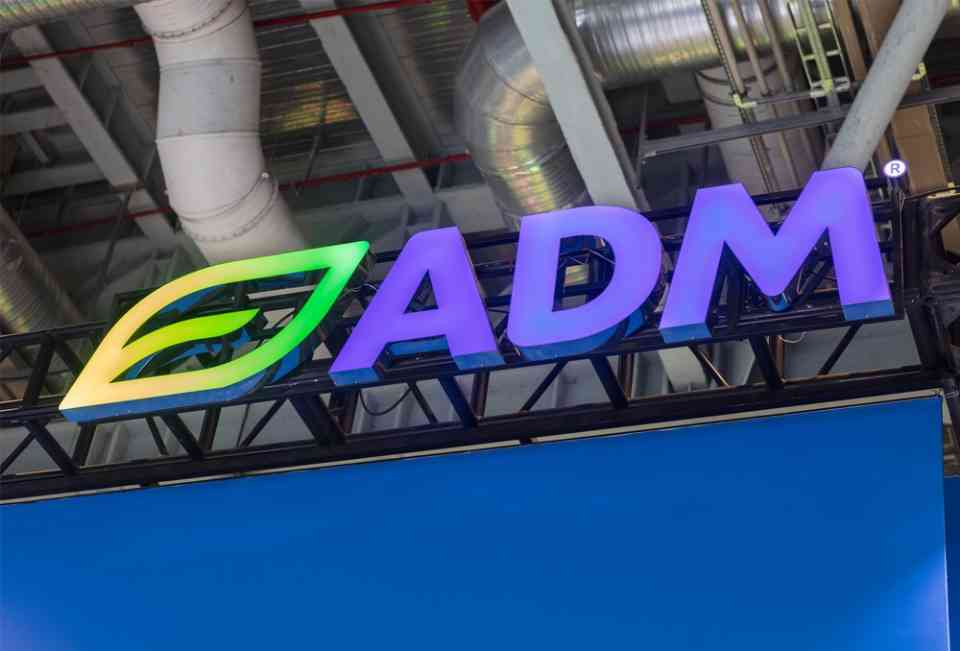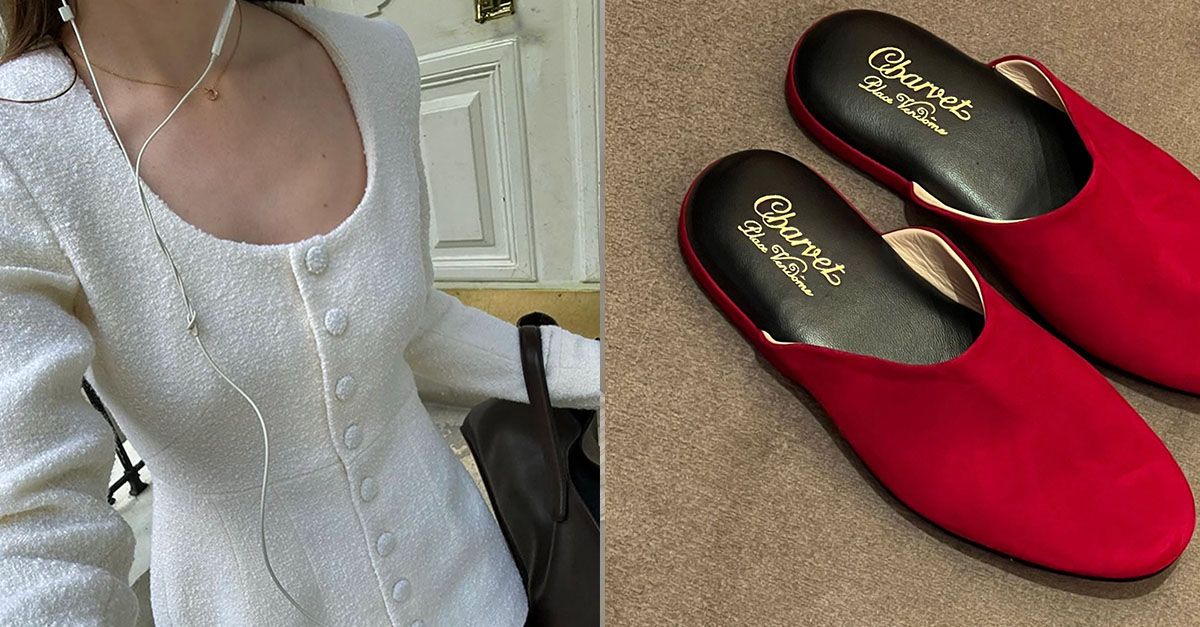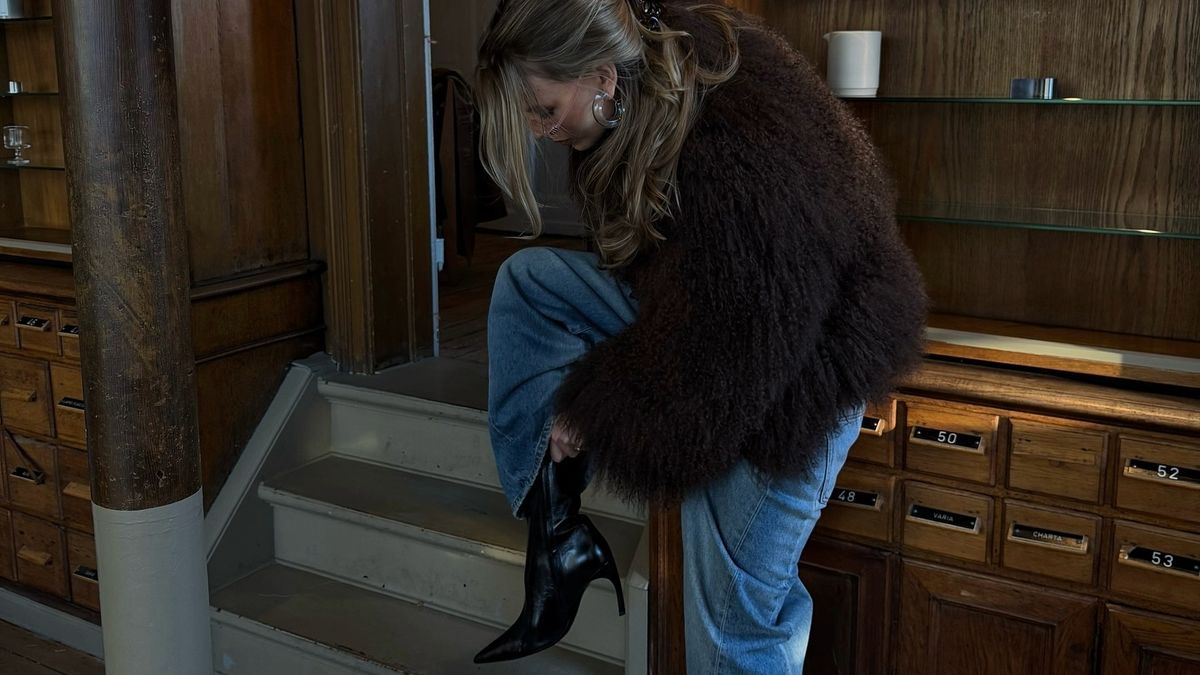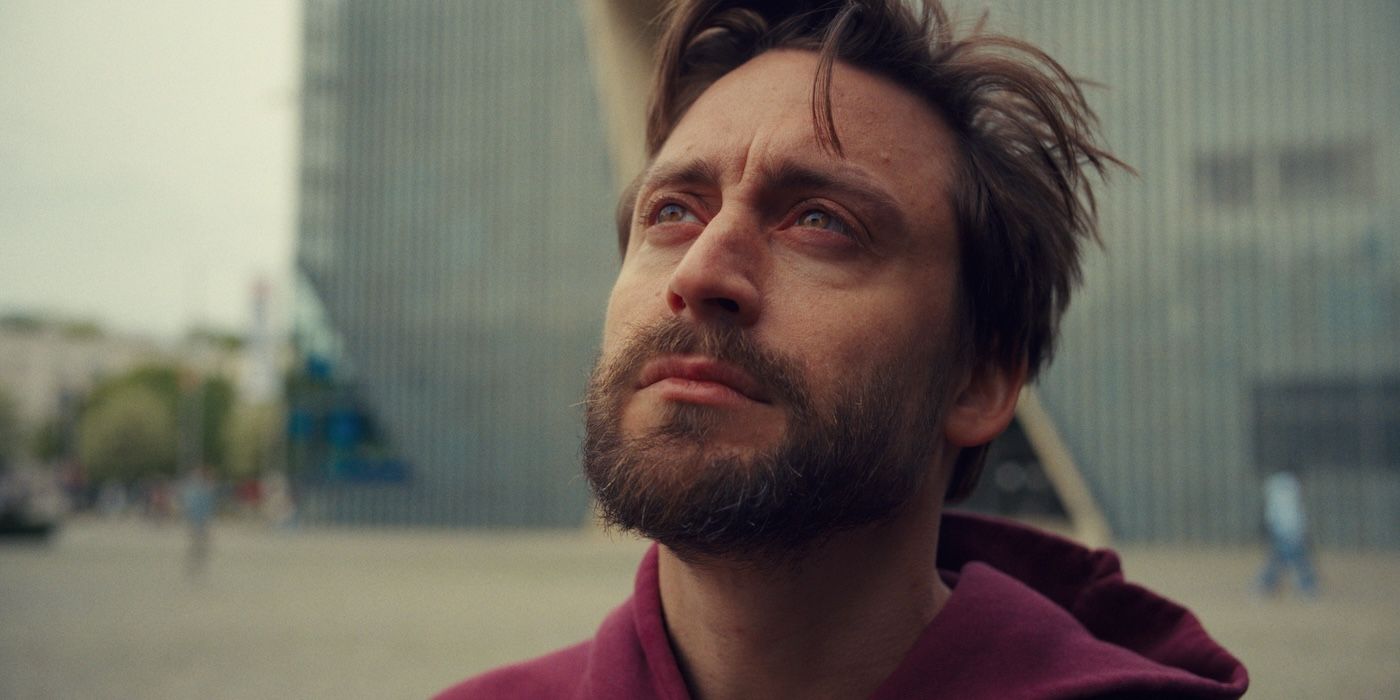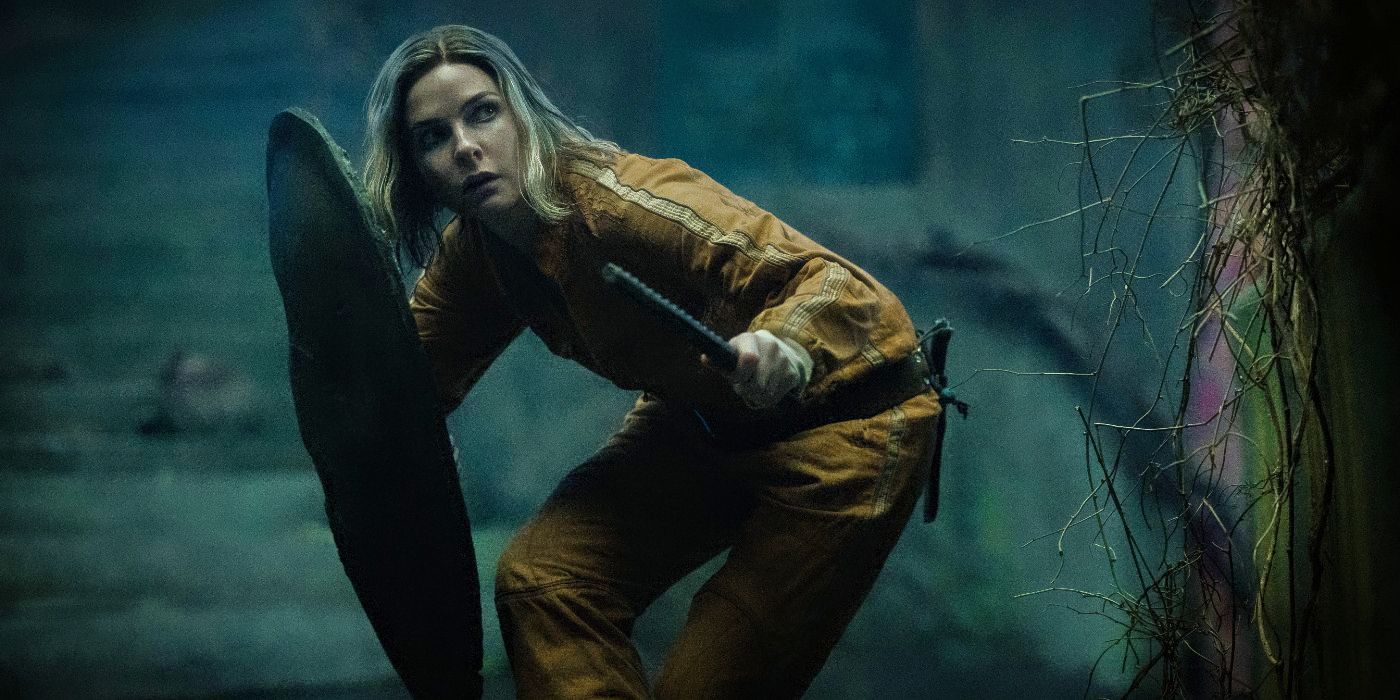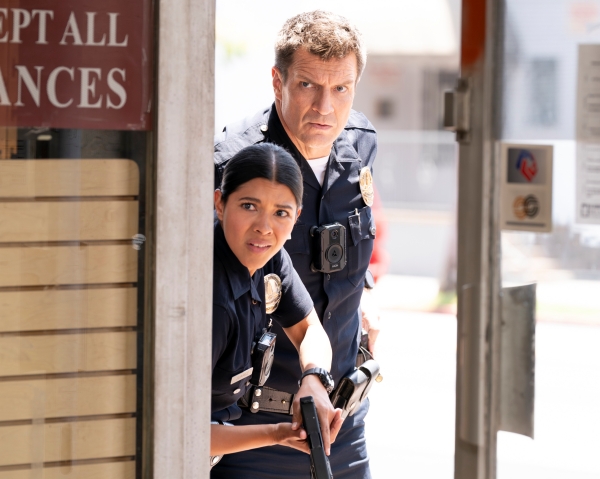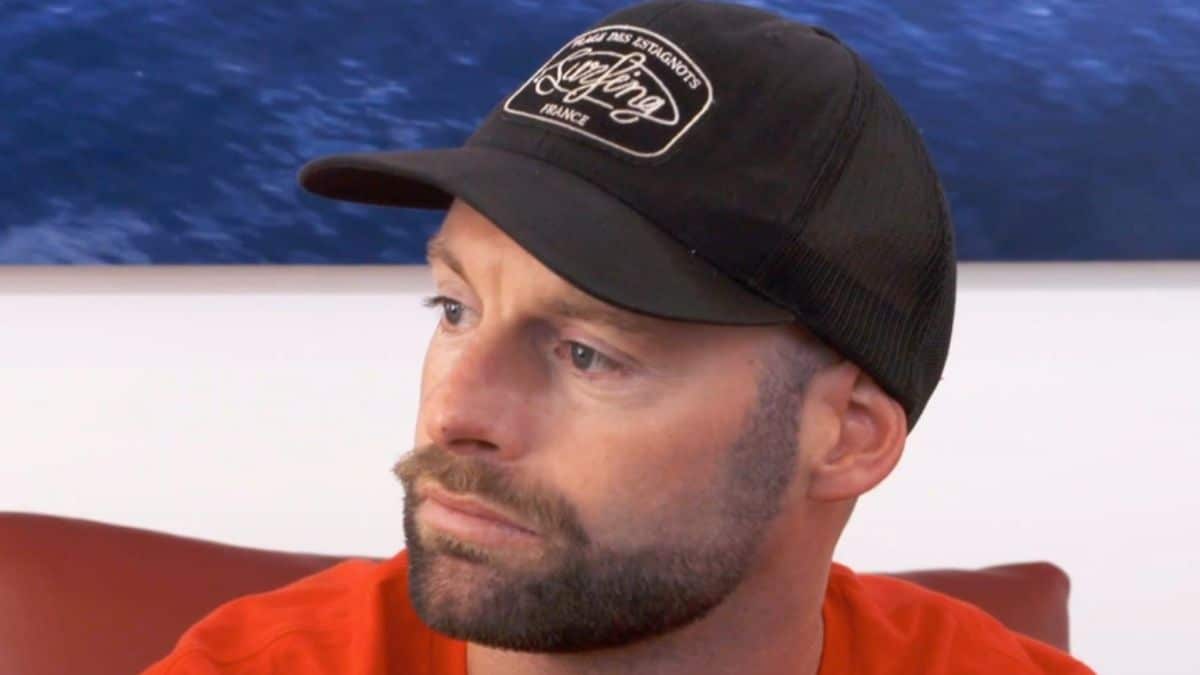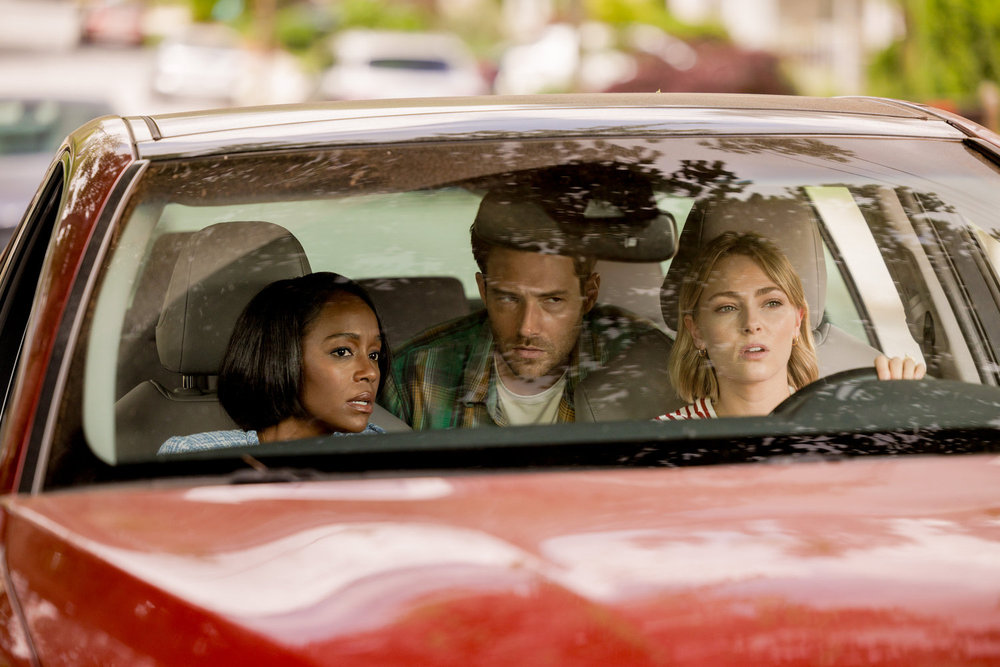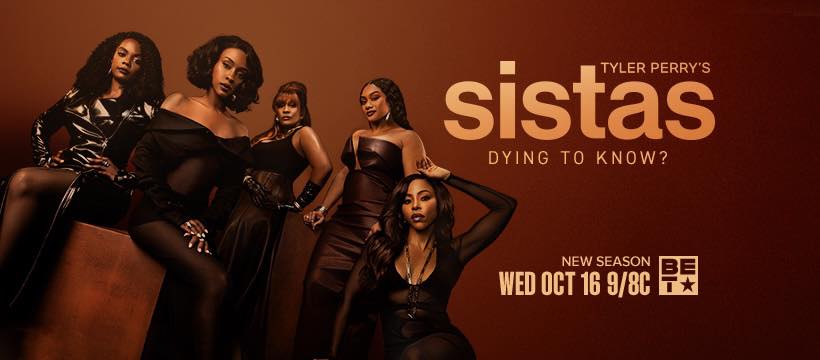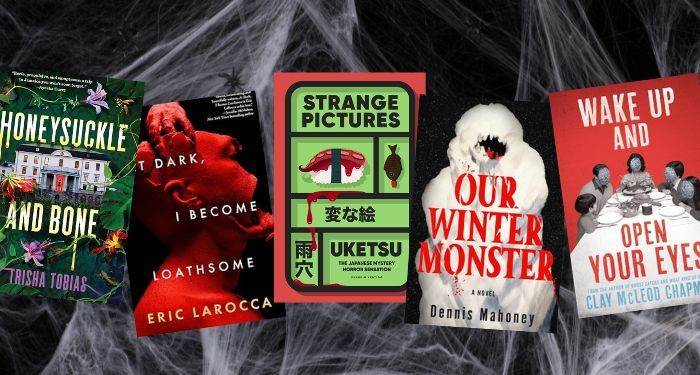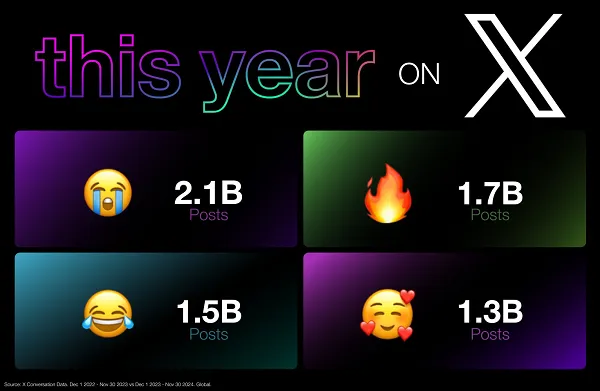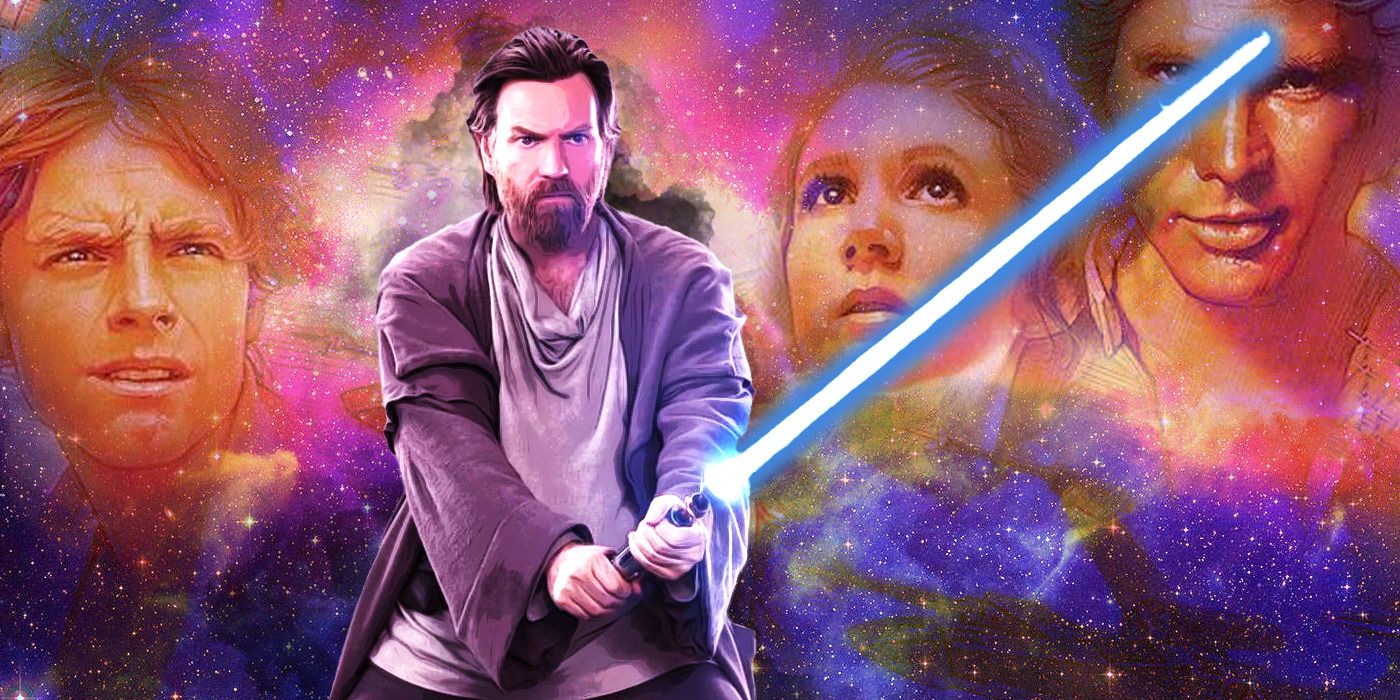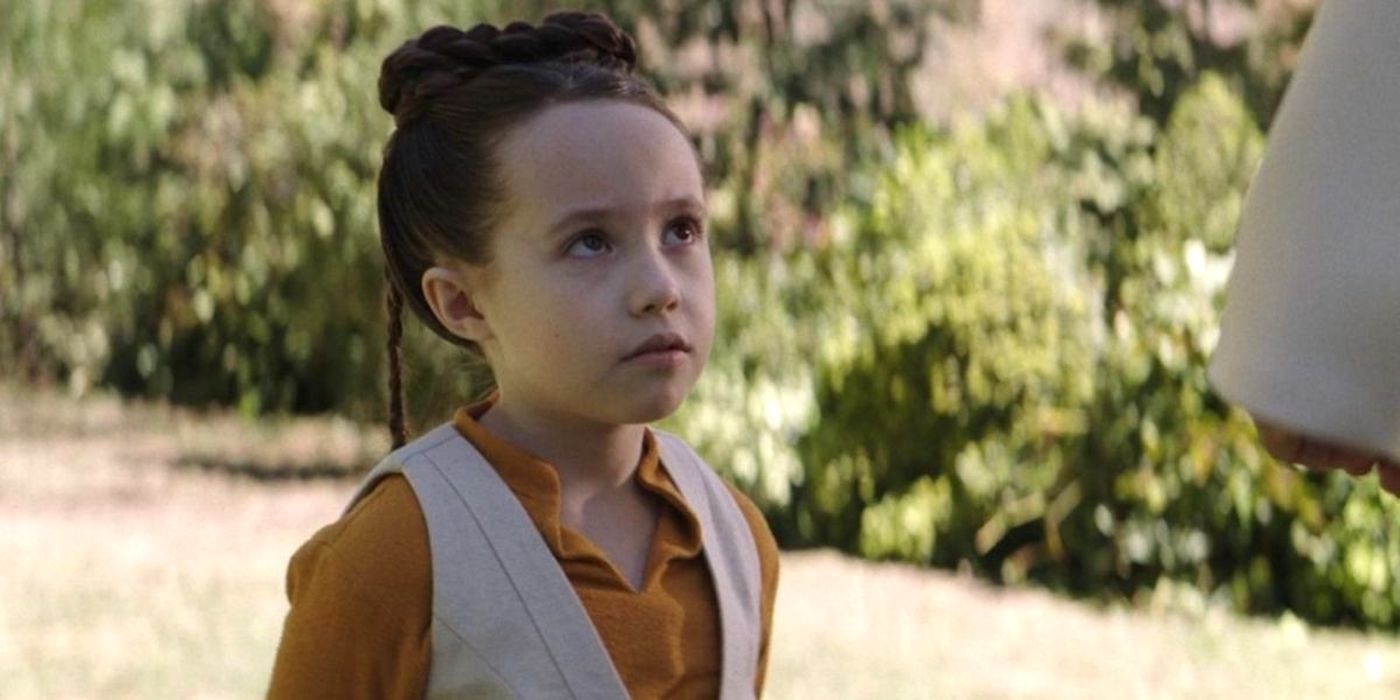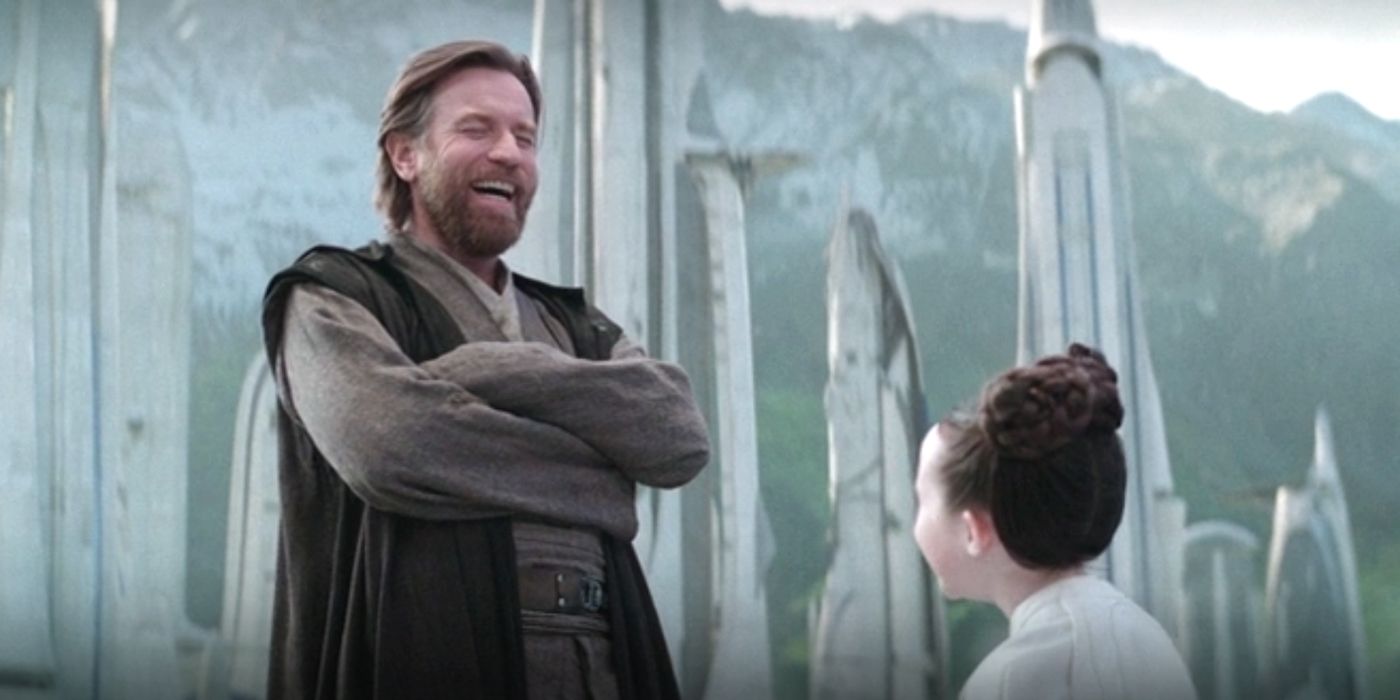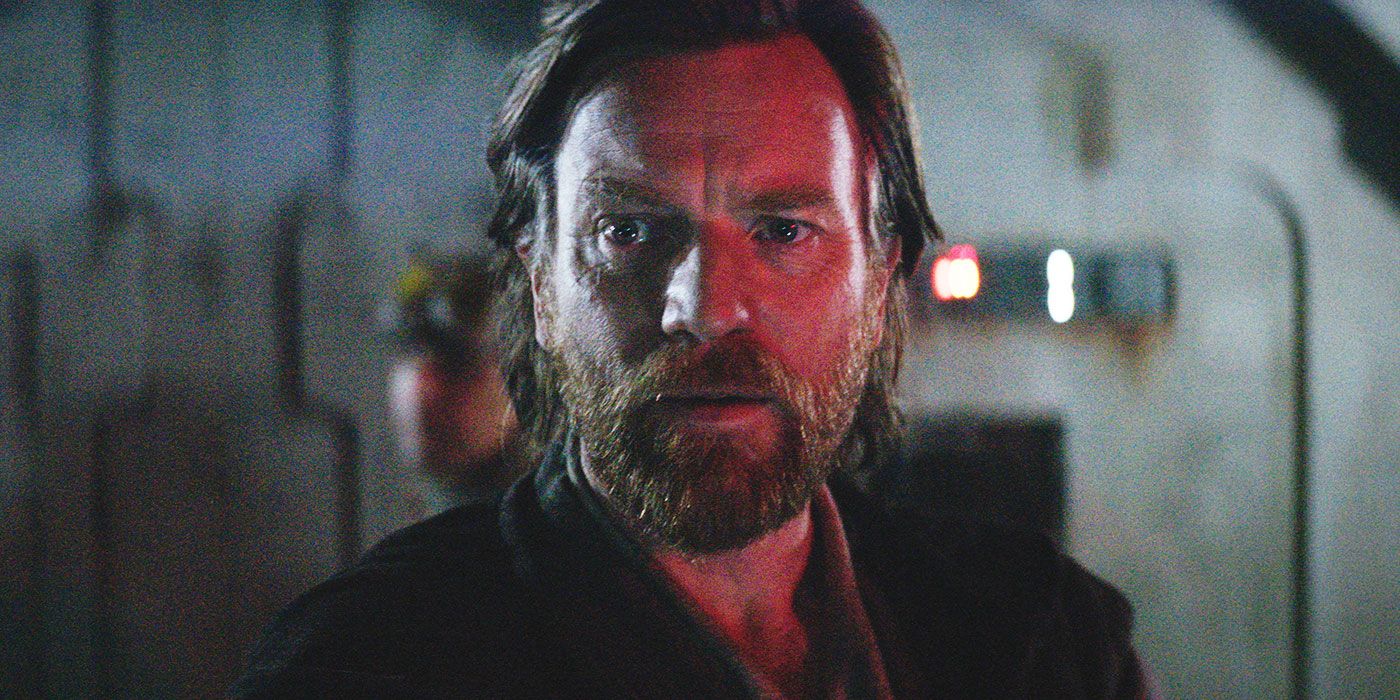Editor’s Note: The following contains Obi-Wan Kenobi spoilers.When it comes to revisiting legacy franchises, like Star Wars, the question arises whether it’s worth exploring again because of the risk that comes with it. Sometimes it adds stains to the franchise that fans try to ignore (looking at you, Midi-chlorians). Other times, it deepens what’s come before, offering rich new details. In the case of Obi-Wan Kenobi, the limited series successfully bridged the gap between the prequel and the original trilogy. With Ewan McGregor and Hayden Christensen reprising their roles as Obi-Wan Kenobi and Anakin Skywalker, respectively, Deborah Chow and her team manage to honor what’s been done and add new depth to pre-existing characters. More so, Obi-Wan Kenobi gives new stakes to the space fantasy movie that started it all – Star Wars: A New Hope. Over forty years later, the Disney+ series explores elements that lacked development in A New Hope, transforming them into new layers of emotional payoff.
Let’s start with Alderaan – the ill-fated planet that for decades has been known only as the planet Senator Bail Organa (Jimmy Smits) and Princess Leia (Carrie Fisher) were from. As a show of power, the peaceful planet is destroyed by the Death Star in A New Hope. Though we’ve known of its existence for years, there hasn’t been much exploration or time spent on Alderaan to make fans as invested in its survival when it’s blown up. Thanks to Obi-Wan Kenobi, audiences now have seen the planet more than just a mere cameo. Young Leia (Vivien Lyra Blair) runs around in its woods; the Organas host family members and dignitaries to discuss the political landscape of the Republic now Empire. After spending time on Alderaan, we see what’s now lost when it’s destroyed by an act of evil.
Another aspect to Alderaan that creates new stakes in A New Hope is the time spent with the people on the planet, particularly the Organa family. Audiences get a glimpse into Leia’s childhood and her dynamic with her adopted parents, Bail and Breha (Simone Kessell). Though they shower her with love, Leia has a rebellious side that seeks to boldly (and perhaps recklessly like her father) explore around her, not to be contained solely by the royal duties of a princess. Instead of scolding or rejecting this side of her, as parents, they want to nurture it in a way that she can channel it into her future responsibilities as a princess and senator. You see this in Episode 6 when she wears Tala’s (Indira Varma) holster; Bail and Breha don’t scold her for wearing something less dignified, they affirm it.
When Alderaan ceases to exist, Leia becomes an orphan. She loses the only parents she’s ever known; she loses this loving family that we, as the audience, got to spend time with. Despite what Leia’s rude cousin (Ian Inigo) would have Leia believe, Bail and Breha saw her as their daughter, a true Organa through and through, willing to do anything to bring her home when she’s kidnapped. Losing her homeworld, including her parents, doesn’t deter Leia from fighting on with the Rebellion, but spending time with the people who helped make her the future leader of the Resistance reminds audiences of the grief she’s carried.
Similarly to Leia and her adoptive family, Obi-Wan Kenobi gives more insight into Luke (Mark Hamill) and his upbringing with his aunt, Beru (Bonnie Piesse), and uncle, Owen (Joel Edgerton). First introduced in A New Hope, they seemed to be holding Luke back from joining the Rebellion like his friends. Because of Obi-Wan Kenobi, we understand why. Owen, for good reason, wants to keep his nephew as far away from the life of the Jedi, the same life that turned Anakin to the dark side. Though Owen wants to keep his nephew from embracing the Force and the galaxy outside of Tatooine, audiences see how he fights for Luke. When Reva (Moses Ingram) comes for Luke (Grant Feely) in Episode 6, he and his wife don’t hesitate to protect him and their farm. In fact, it’s Beru who brings out the hidden guns to defend their home and insists that they’re enough to defend their family. Reva senses the way Owen loves his nephew, that despite Owen’s gruff appearance, he loves Luke as his own son, something audiences don’t get a sense of in A New Hope.
When Stormtroopers kill an older Owen (Phil Brown) and Beru (Shelagh Fraser) offscreen in A New Hope, once again, Luke is left an orphan once more. The parental figures in his life are gone. Since we’ve seen how protective they were of Luke and their moisture farm, audiences can now assume there was more of a fight before they were killed. Though we tend to focus of Luke and his biological father, Anakin, in the Star Wars saga, Obi-Wan Kenobi made Owen and Beru’s lives and bond to Luke matter more. They were willing to sacrifice their lives to keep Luke from the moment Obi-Wan dropped him off to them at the end of Revenge of the Sith to the end of their lives in A New Hope.
Throughout the series, Obi-Wan Kenobi gives us the duo we never knew we needed – Obi-Wan and Leia. Her kidnapping and subsequent rescue brought Obi-Wan out of his decade-long stasis. After years of silently watching Luke from a distance and haunted by Anakin’s fall from grace, Leia awakens the Jedi Master back into a new fight. It’s Leia that became Ben’s new hope, to spark the fire within him in Obi-Wan Kenobi.
When Bail reaches out to Obi-Wan initially to rescue Leia, it was due to their friendship and protecting the true nature of Leia’s parentage. When Bail and Leia reach out to Ben Kenobi, played by Alec Guinness, in A New Hope, it’s more than just Ben and Bail serving together in the Clone Wars. He was trusted to bring Bail’s treasured daughter back home. As Obi-Wan and Bail say goodbye in Episode 6, Obi-Wan tells him that should he ever need his help again that he knows where to find him; he even tells Leia that she’ll see him again if she ever needs help from a tired, old man. Of course, this foreshadows Leia’s future plea for help delivering the Death Star plans to her father on Alderaan after she’s captured by Darth Vader, voiced by James Earl Jones.
When Leia was alone on Fortress Inquisitorius during her most desperate hour in Episode 4, Ben infiltrated the base and saved her. When she’s in a similar situation trapped on the Death Star in A New Hope, Ben, once again, sneaks onto the Imperial base to save her again, only this time with help from Luke, Han Solo (Harrison Ford), and Chewbacca (Peter Mayhew). Ben was her only hope for survival in Obi-Wan Kenobi, so it’s no wonder why she believes he is her only hope in A New Hope. Knowing that he’s reached the end of his fight, Ben pays it forward by introducing Leia to her new hope, a farm boy named Luke. After all, it was the two of them that inspired Obi-Wan during his final battle with Darth Vader on Malachor; it’s only fitting now that their reunion in A New Hope would give him the strength he needs to face his death at the hands of Darth Vader.
What sold many on the limited series was the opportunity to explore the fractured relationship between Obi-Wan Kenobi and Anakin Skywalker. Haunted by their fallout on Mustafar in Revenge of the Sith, Obi-Wan believed he left his friend to die. Not only does he discover the truth of his survival, Obi-Wan and his former Padawan fight each other twice in Obi-Wan Kenobi. Each time they fight, it’s a painful reminder of what was lost to the dark side. However, it’s through these fights, especially their final battle on Malachor, that gives Obi-Wan the closure he needs to let Anakin go. After destroying part of his helmet, Obi-Wan gets to see what’s left of Anakin, looks him directly in the eye, and apologizes. In turn, Darth Vader releases him of the guilt by telling him that he isn’t Obi-Wan’s failure; instead, it was Darth Vader, the darkest parts of Anakin, that killed the good in him. This confrontation allows Obi-Wan to leave his guilt with Darth as he yells out to him and moves forward to find his Jedi Master, Qui-Gon Jinn (Liam Neeson) now a Force ghost.
When Obi-Wan and the Millennium Falcon arrive on the Death Star in A New Hope, Vader senses his presence he hasn’t felt in a long time. Because it was originally left ambiguous, audiences can now fill in the gap that he hasn’t interacted with Obi-Wan since he left him there wheezing after their battle on Malachor in Obi-Wan Kenobi. Even with limited fight choreography, Vader and Kenobi’s final battle on the Death Star has more stakes than before. Obi-Wan has always been able to beat Anakin because Vader is fueled by anger and showing off his power, unable to relent until his victory is acknowledged. Meanwhile, Obi-Wan fights like he’s playing chess, using what is seen as weakness to show off his true strength. For instance, Obi-Wan uses the rocks Vader tries to bury him with to fight back and destroy parts of Vader’s suit in the finale of Obi-Wan Kenobi. In A New Hope, he does the same thing as he willingly lets Darth Vader strike him down; his sacrifice allows the future of the galaxy to survive– Anakin’s children. Even in death, the Padawan is still bested by his Jedi Master.
The original Star Wars was released in 1977 and told a simple story about a farm boy who’s thrust into an adventure to help defeat an evil Empire. The stakes were already high, but somehow 45 years later, Obi-Wan Kenobi achieved the unthinkable– it gives new stakes to the movie that started it all. The limited series fills in the gaps by re-introducing audiences to once unimportant characters and unvisited places that were casualties of a space war. Like Rogue One, it foreshadows what it will take to keep hope alive– waking up from apathy to action. Before Old Ben began Luke’s training, little Leia gave Obi-Wan a new fight and purpose. This would lead him to reuniting with his fallen master and prepare him to face his Padawan one last time. His death in A New Hope hits harder than before, now knowing the full scope of his grief and eventual acceptance of what he lost with Anakin. What started with Alec Guinness has come full circle with Ewan McGregor with a storyline and performance honoring and deepening what has come before.
























